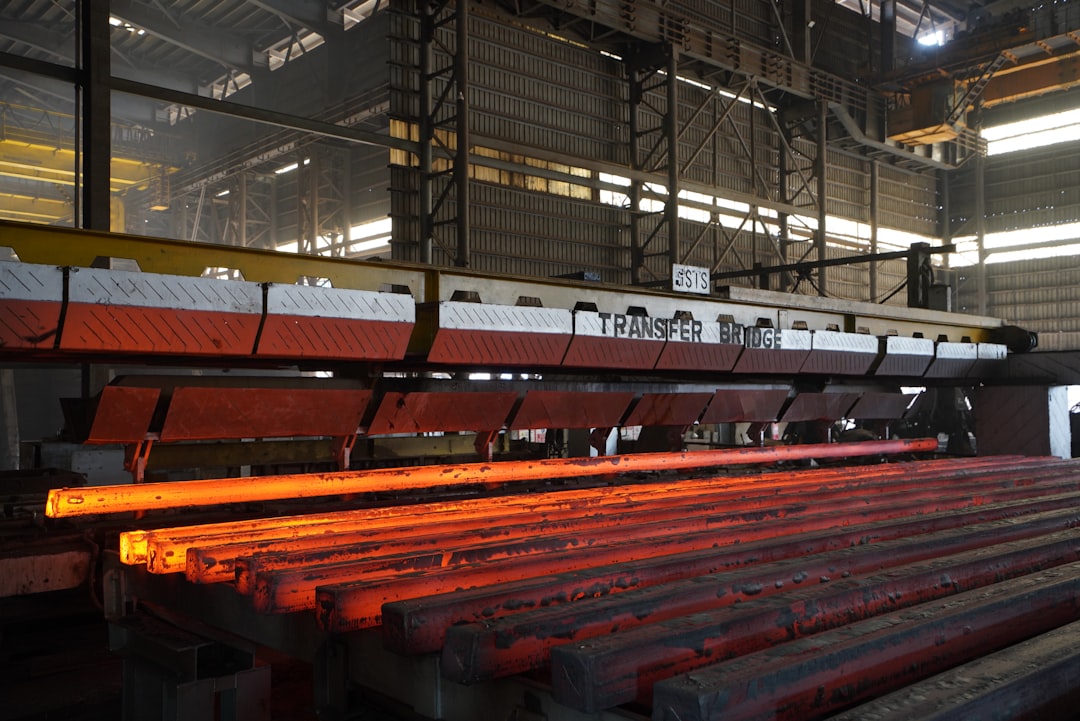In the competitive B2B steel industry, understanding your customer is paramount to success. Generic marketing strategies rarely yield optimal results. Effective segmentation allows you to tailor your messaging, pricing, and service offerings to resonate with specific customer needs, ultimately driving sales and maximizing your return on investment (ROI). This comprehensive guide explores the art and science of segmenting your B2B steel customers.
1. Identifying Key Segmentation Variables for B2B Steel Customers
Before diving into segmentation strategies, you need to identify the key variables that differentiate your customers. These variables will form the basis of your segmentation model. For B2B steel customers, some crucial variables include:
- Industry Sector: Construction, automotive, manufacturing (e.g., appliances, machinery), energy, etc. Each sector has unique steel requirements and purchasing behaviors.
- Company Size: Small businesses, medium-sized enterprises (SMEs), and large corporations have different purchasing power, lead times, and decision-making processes.
- Steel Grade & Type: The specific type of steel required (carbon steel, stainless steel, alloy steel, etc.) significantly impacts pricing, supply chain management, and customer needs.
- Purchase Volume & Frequency: High-volume, frequent buyers have different needs than low-volume, infrequent buyers. This influences pricing strategies and relationship management.
- Geographic Location: Proximity to your facilities impacts logistics and delivery costs, influencing pricing and customer selection.
- Customer Relationship History: Long-term, established relationships may warrant different strategies than new customer acquisition.
Analyzing these variables will provide a clearer understanding of your customer base and inform your segmentation strategy.
2. Developing Effective Segmentation Strategies for the Steel Industry
Once you’ve identified key variables, you can develop effective segmentation strategies. Common approaches include:
- Demographic Segmentation: Focuses on readily available data like company size, location, and industry sector. This is a good starting point but should be complemented by other methods.
- Behavioral Segmentation: This looks at how customers interact with your business – their purchase history, frequency, and volume. Identifying high-value customers is crucial for targeted marketing.
- Psychographic Segmentation: This delves into the values, attitudes, and beliefs of your customers. Understanding their priorities (e.g., price, quality, delivery speed) allows for tailored product offerings.
- Needs-Based Segmentation: This focuses on the specific needs and pain points of your customers. For instance, some customers prioritize speed of delivery, while others focus on cost optimization.
A multi-faceted approach, combining several of these strategies, often yields the most effective results. For example, you might segment by industry (demographic) and then further segment within each industry by purchase volume (behavioral).
3. Tailoring Marketing and Sales Strategies to Segmented Customers
Once you’ve segmented your customers, you can tailor your marketing and sales strategies to resonate with each segment. This includes:
- Targeted Messaging: Craft marketing materials that address the specific needs and pain points of each segment. For example, messaging to the construction industry will differ from that for the automotive industry.
- Personalized Offers: Develop pricing strategies, service packages, and loyalty programs tailored to the value and behavior of each segment. High-volume customers may receive volume discounts, while smaller customers might benefit from customized service packages.
- Targeted Channels: Utilize the most effective communication channels for each segment. Some segments may respond best to email marketing, while others prefer direct sales calls or industry events.
- Relationship Management: Develop different relationship management strategies for different segments. High-value customers may require dedicated account managers, while smaller customers may be served through a more automated system.
This personalized approach ensures that your resources are allocated effectively, maximizing your ROI.
4. Analyzing and Refining Your Segmentation Strategy
Segmentation is not a one-time process. Regularly analyze your segmentation strategy’s effectiveness and make adjustments as needed. Key performance indicators (KPIs) to monitor include:
- Conversion rates: Track the success of your marketing and sales efforts within each segment.
- Customer lifetime value (CLTV): Assess the long-term profitability of each customer segment.
- Customer churn rate: Identify segments with high churn rates and investigate the underlying causes.
- Sales revenue by segment: Monitor the revenue generated by each segment to identify high-performing and underperforming areas.
By continuously monitoring these KPIs, you can refine your segmentation strategy to optimize your results and ensure your marketing efforts are always aligned with your business goals.
5. Leveraging Technology for Effective Steel Customer Segmentation
Technology plays a crucial role in effective B2B steel customer segmentation. Customer relationship management (CRM) systems, marketing automation platforms, and data analytics tools can help you:
- Gather and analyze customer data: Collect comprehensive data on customer behavior, preferences, and interactions.
- Automate marketing and sales processes: Streamline communication and personalize interactions at scale.
- Develop predictive models: Forecast future customer behavior and anticipate needs.
- Improve data-driven decision-making: Use data insights to optimize your segmentation strategy and resource allocation.
Investing in the right technology can significantly enhance your ability to segment your customers effectively and achieve greater success in the B2B steel market.
By implementing these strategies and leveraging technology, you can unlock significant growth opportunities in the B2B steel industry. Remember, understanding and catering to your specific customer segments is key to driving sales and achieving long-term success.
SEO Tags:
B2B Steel Segmentation, Steel Industry Marketing, B2B Steel Sales, Customer Segmentation Strategy, Target Market Steel




